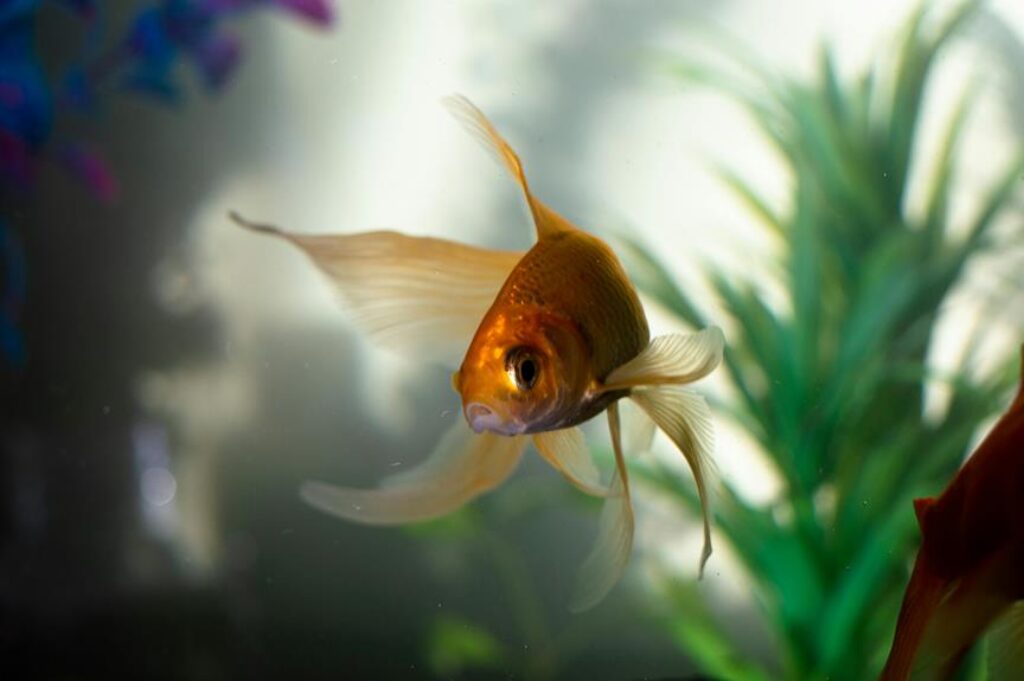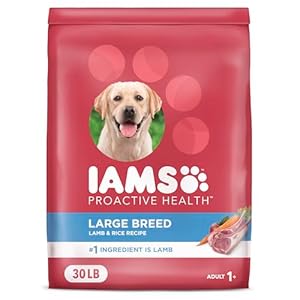
When transferring fish to a new tank, it’s essential to consider their well-being. By implementing strategies like proper acclimatization, ensuring water quality, and creating a stress-free environment, you can significantly reduce the impact of the transfer on your aquatic friends. But what if there was a simple yet often overlooked factor that could make a big difference in minimizing their stress levels?
Proper Acclimatization Process
To ensure a smooth transition for your fish during tank transfers, acclimatize them properly. This crucial step helps minimize stress and potential health issues for your aquatic pets.
Start by floating the fish in a bag or container on the surface of the new tank water. This allows the water temperature inside the bag to gradually adjust to that of the tank. After about 15-20 minutes, add small amounts of tank water into the bag at regular intervals. This process, known as drip acclimatization, helps the fish adjust to any differences in water chemistry. Keep an eye on the fish for signs of distress during this period.
Once the fish seem comfortable, gently release them into the tank using a net. Avoid adding the water from the acclimatization container into the main tank, as it may introduce pathogens or contaminants. Remember to dim the lights in the tank for a few hours to further reduce stress on the fish after the transfer.
Maintaining Water Quality Standards
When it comes to maintaining water quality standards in your fish tank, consistent monitoring and appropriate interventions are key to ensuring a healthy aquatic environment for your fish. Regularly test the water parameters such as pH, ammonia, nitrites, and nitrates to ensure they’re within the appropriate range for your fish species.
Sudden changes in these levels can stress your fish and impact their health. To maintain water quality, perform regular water changes to remove waste and replenish essential minerals. Use a reliable water conditioner to neutralize harmful chemicals like chlorine that can be present in tap water.
Additionally, ensure proper filtration to keep the water clean and free from toxins. Monitoring the temperature of the water is also crucial, as fluctuations can stress your fish. By staying diligent with water quality testing and maintenance, you can create a stable and healthy environment for your aquatic pets.
Minimizing Handling and Disturbance
Minimize stress for your fish by handling them gently and creating a calm environment during tank transfers. When moving your fish, avoid sudden movements that can startle them. Use a soft mesh net to scoop them up carefully, supporting their body to prevent injury. Remember, fish have delicate scales and fins that can easily get damaged if handled roughly.
During the transfer process, keep noise levels to a minimum. Loud sounds can stress out your fish, so try to work quietly and efficiently. Close any doors and windows to reduce external disturbances. Make sure the new tank is ready and properly conditioned before moving your fish. This way, you can swiftly transfer them without unnecessary delays.
Handling your fish with care and maintaining a peaceful atmosphere will go a long way in reducing their stress levels during tank transfers. By minimizing disturbances and creating a gentle transition, you can help your fish settle into their new environment smoothly.
Providing Hiding Places and Shelter
Consider incorporating hiding places and shelter in your fish tank setup to provide a sense of security and comfort for your aquatic pets. Fish, like many animals, seek refuge when feeling stressed or threatened. By including items such as plants, rocks, caves, or decorations in your aquarium, you create safe spaces where fish can retreat to when they need a break. These hiding spots mimic their natural environment, helping them feel secure during tank transfers or when introduced to a new habitat.
When selecting hiding places and shelter for your fish tank, ensure they’re suitable for the species you have. Some fish prefer dense vegetation to hide in, while others may prefer caves or structures with small openings. It’s essential to provide a variety of hiding places to accommodate the different personalities and behavior of your fish. Additionally, make sure these hiding spots are easily accessible and well-distributed throughout the tank to prevent overcrowding and competition for shelter. Prioritizing the comfort and security of your fish through adequate hiding places can significantly reduce stress during tank transfers.
Gradual Tank Environment Adjustment
To help acclimate your fish to a new environment during tank transfers, gradually adjust the tank conditions to reduce stress and promote a smoother transition. Sudden changes in water parameters like temperature, pH levels, and salinity can shock fish and lead to stress-related health issues.
Begin by matching the temperature of the new tank to the old tank before transferring your fish. Slowly introduce small amounts of the new tank water into the old tank over a period of hours to allow the fish to adjust to any differences in water chemistry. Monitor the water parameters closely during this process to ensure they stay within the ideal range for your fish species.
Additionally, dim the lights in the new tank for the first few hours to reduce the initial stress on the fish. By gradually adjusting the tank environment, you can help your fish acclimate more comfortably and minimize the stress associated with tank transfers.
Pet supplies














